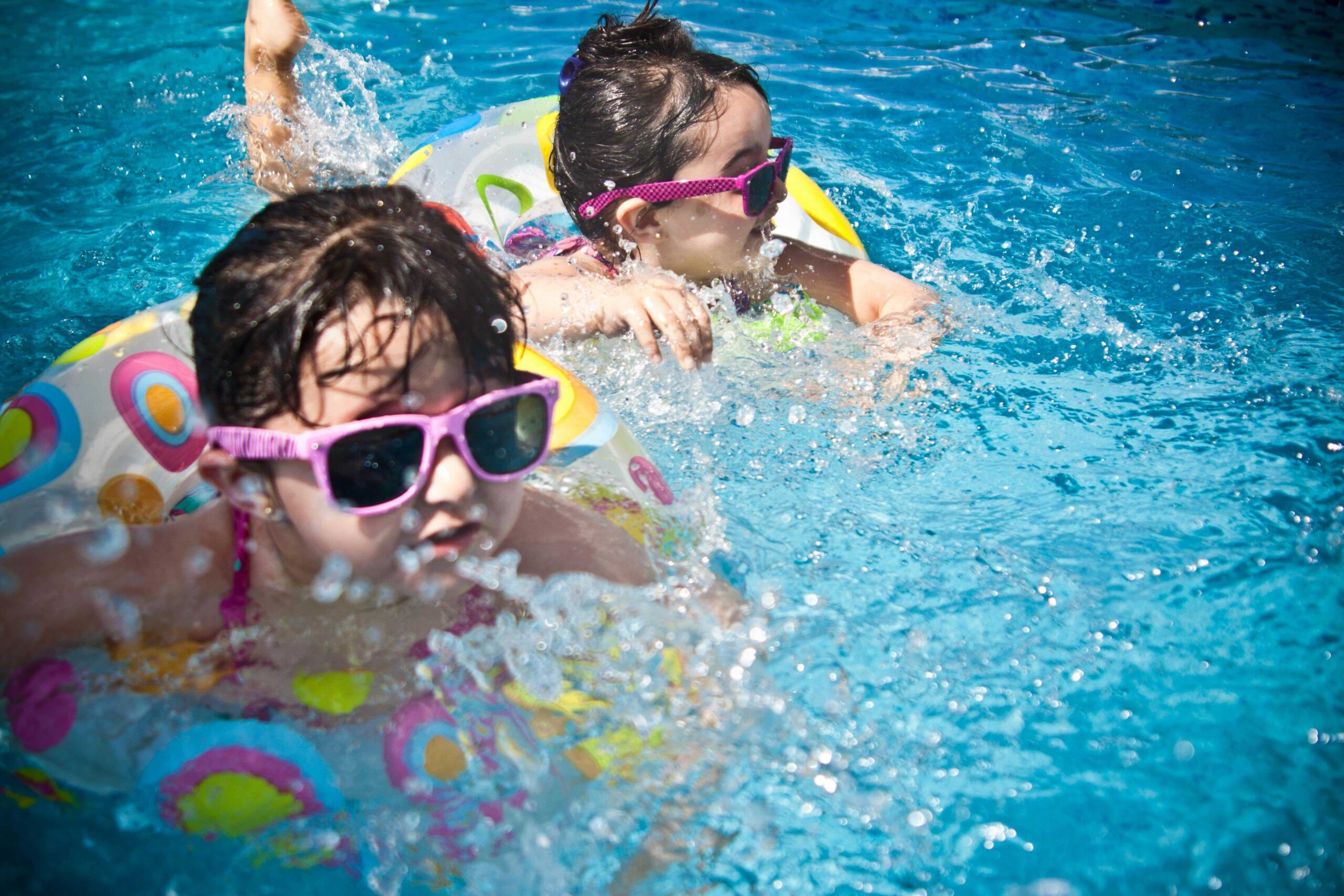Montessori has been a popular philosophy within the education field for decades. Developed by Maria Montessori, this methodology centres around individual learning and the idea of helping children to help themselves. In general, people know the foundations of the elementary school implementation, but few know about its impact for toddlers.
Although it may look a little different when introduced at the elementary school age, the Montessori Method is well developed and proven to be extremely effective in the toddler classroom. The phrase, “help me to do it myself” is at the core of the method during this age group. The materials used at this age are multi-sensory, sequential and self – correcting and programming is focused on enriched language and movement. If that sounds confusing, don’t worry, we’ll explain.
Here are some key pieces of the Montessori Method that are used within the toddler classroom:
Multi – Sensory Materials:
- Stimulate visual reasoning and learning
- Use of highlighting when organizing information or imagery
- Child created art, images, text and picture
- Graphic organizers, outlining passages
- Auditory techniques
- Sound shakers
- Music, song, instruments, speaking, rhymes, chants and language games
- Tactile Teaching Methods: multi-sensory techniques that involved using the sense of touch
- Sand trays, raised line paper, textured objects, finger paints and puzzles to improve fine motors
- Modelling materials such as playdough and sculpting materials
- Using small materials called manipulatives to represent number values to experience math skills
- Kinesthetic Methods: multi-sensory methods using body movements
- Games that involve jumping rope, clapping or other movements paired with counting and singing songs related to concepts
- Any large movement activity for students involving dancing, bean bag toss and rhythmic recall
Self – Correcting Materials:
The purpose of self-correction materials is to encourage children to identify on their own when they have completed an activity. Without needing confirmation from an educator, children are able to experiment and re-adjust until the task is completed correctly which will promote problem solving and cognitive development. Implementing this sense of independence and responsibility at such a young age will establish a solid foundation for future growth both in and out of the program.
Some examples of self correcting materials:
- Puzzles
- Shape sorters
- Stacking rings
- Nesting cups
- Matching cards
Natural & Real Materials:
Similar to the older age groups, natural materials are brought into the toddler classroom. Offering natural materials and fibers such as wood, rubber, metal, paper and different fabrics gives children the opportunity to explore a variety of textures. At this age, they will often explore by putting the pieces in their mouths so that is nothing to be concerned about, just make sure you sanitize afterwards! These materials also tend to be more fragile, which teaches children at a young age that they need to be careful and respectful of materials. Another similarity to the older age groups is practical life experiences. This includes sweeping, dusting, folding, washing tables and self-care routines. Bringing in everyday items will help children with fine motor skills but it will also demonstrate that learning is not just in the classroom.
Enriched Language:
An overarching piece that is taken from the Montessori Method is the enriched language. The urge to use baby talk can often be difficult to suppress. However, when children are developing their language skills, what they need from adults is to provide them with all the words they possibly can. Children understand everything from a very young age, so even if they cannot answer, it’s important to give opportunities for them to process and eventually develop the language to do so.
Movement
Another component of the Montessori Method is movement. Children spend a lot of time sitting, whether it’s in the classroom, the car, the dinner table, etc.. At this age, it’s important to offer them time for free movement. Maria Montessori found a correlation between a child’s interest in the activity and the amount of movement involved. In preschool, they go over the ‘proper’ way to sit and complete Montessori work. As toddlers, they are able to explore the materials provided without any restrictions. They can take the materials to the part of the room they choose such as a quiet area in the back or at a busy table.
The Montessori Method has stood the test of time and remained an effective model of early education for years. Although it can be manifested in many different ways, the above pieces are generally what make up the Montessori philosophy for children under three. Families at our centres often wonder why and how the Montessori curriculum is introduced at such a young age, so we hope that this blog will help other parents understand the impact of overarching Montessori philosophies and specific Montessori materials on toddler development.


